L.W variety Caespitosa 4 to 4.5cm
$79.00 Original price was: $79.00.$77.00Current price is: $77.00.
Buy Peyote Cactus Online – Experience High-Quality Peyote Cactus Plant
Growing peyote cactus plants, scientifically known as Lophophora williamsii, can be both rewarding and enlightening. This unique cactus, revered for its cultural significance and psychoactive properties, requires specific care to thrive.
- Growing Conditions for Peyote Cacyus: Peyote thrives in well-draining soil, ideally a mix of 50% mineral-based soil and 50% coarse sand or perlite. This replicates its natural arid environment, which is essential for preventing root rot. When planting, ensure the seeds are lightly pressed into the surface without burying them too deeply, as they require light to germinate.
-
Watering and Light Requirements for Peyote Cactus: Watering is crucial, yet it must be approached with caution. During the growing season (spring to early autumn), water every 3-4 weeks, allowing the soil to dry out completely between waterings. Overwatering is a common mistake that can lead to root rot. In winter, the plant enters dormancy and requires no water unless it shows signs of shriveling. Light is another vital component; Peyote prefers bright, indirect sunlight. A south-facing windowsill is ideal, but if transitioning from indoors to outdoors, gradually acclimate the plant to avoid sunburn
-
Patience and growth of peyote cactus: Peyote is a slow-growing cactus, often taking several years to mature. This slow growth necessitates patience from cultivators. However, when properly cared for, it can produce beautiful flowers—white or pink blooms that emerge sporadically—adding aesthetic value to your collection.
-
Cultural and ethical considerations: It’s essential to understand the legal and ethical implications of growing Peyote. In many regions, it is a controlled substance and holds sacred significance in various Indigenous cultures. Always ensure compliance with local laws and respect its cultural heritage.
Growing Peyote Cactus Options-Lophophora Williamsii plants Near Me
Growing Peyote Cactus (Lophophora williamsii) can be a rewarding endeavor, especially for those interested in cultivating this unique plant. Native to the Chihuahuan Desert in Mexico and parts of Texas, peyote thrives in harsh conditions, making it well-suited for cultivation in various environments.
- Ideal Growing Conditions for peyote cactus: Peyote prefers a well-draining soil mix that mimics its natural habitat. A recommended composition includes two-thirds pumice, along with small amounts of lava rock and greensand, to ensure proper drainage and nutrient availability. Avoid organic materials like compost, as they can retain too much moisture and lead to root rot.
-
Watering and Sunlight: Watering should be done sparingly; during the growing season (spring to early autumn), plants typically require watering every 3-4 weeks. It’s crucial to allow the soil to dry completely between waterings. Peyote thrives in full sunlight, ideally receiving several hours of direct light daily. For those in cooler climates, using a greenhouse or terrarium can help maintain the warmth and humidity needed for optimal growth.
-
Cultivation Techniques: Starting from seeds is common, but patience is essential as peyote grows slowly, often taking over ten years to mature. Young plants benefit from a warm environment and should not be watered during winter dormancy to prevent rot. After the first year, they can be transplanted into individual pots as their root systems develop.
-
Harvesting and Sustainability: As peyote faces threats from habitat loss and overharvesting, cultivating it at home contributes to its preservation. Following sustainable practices is vital; if harvesting from the wild, guidelines recommend rotating harvest sites and allowing plants time to recover.
Reviewing Buy Peyote Cactus Variety – Grow Peyote Cactus Review
Peyote cactus, scientifically known as Lophophora williamsii, is a unique and intriguing plant, particularly for those interested in both gardening and the cultural significance of cacti. This spineless cactus is renowned for its bluish-green color and spherical shape, making it an attractive addition to any collection.
However, it is also famous for containing mescaline, a psychoactive compound used in traditional Native American rituals, which adds layers of complexity to its cultivation and ownership.
- Growing Conditions and Care for peyote cactus: Cultivating peyote requires patience as this cactus grows slowly. Ideal conditions mimic its natural habitat in Mexico and southwestern Texas, characterized by poor soil and ample sunlight. A well-draining potting mix is essential, often achieved using cactus soil and perlite or sand to prevent root rot from overwatering. Recommended pots are terracotta or clay due to their porous nature, which allows moisture to escape. Watering practices are crucial; young plants should be watered sparingly—approximately every 3-4 weeks during the growing season (late March to October)—and not at all during winter unless they appear shriveled. The temperature should ideally range between 70°F and 90°F with humidity levels maintained around 40-60%.
17 reviews for L.W variety Caespitosa 4 to 4.5cm
Add a review Cancel reply
Related products
Lophophora Williamsii plants
Peyote Cactus For Sale – Lophophora Williamsii – 3 Buttons (4-5 cm Each, Includes Pot)
Lophophora Williamsii plants
Lophophora Williamsii plants
Lophophora Williamsii plants
Lophophora Williamsii plants
Lophophora Williamsii plants
Lophophora Williamsii plants
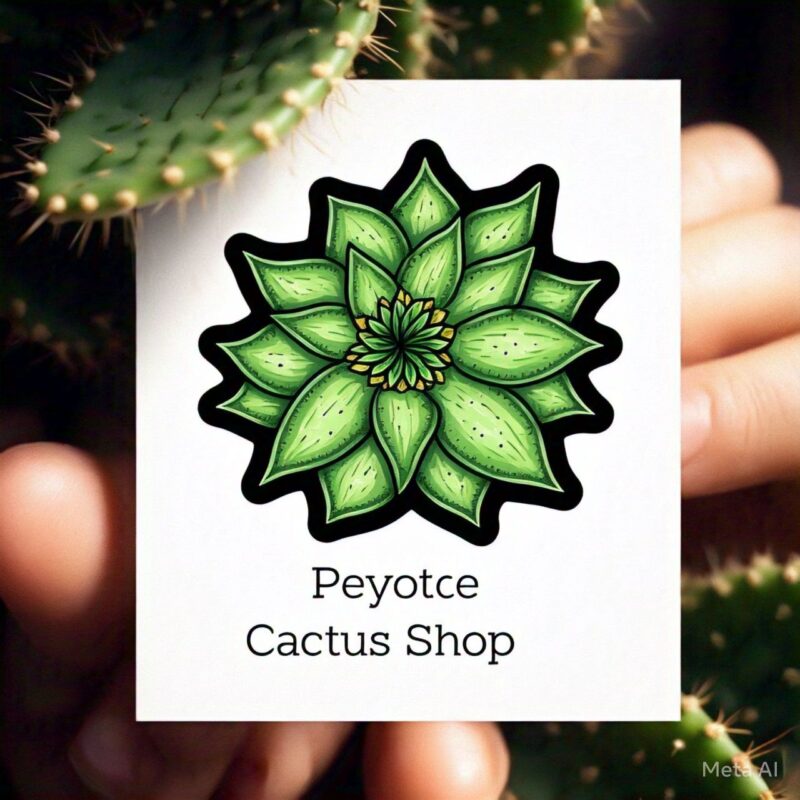
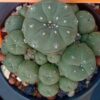



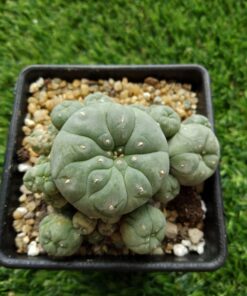
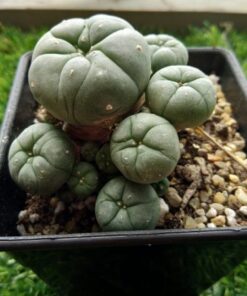

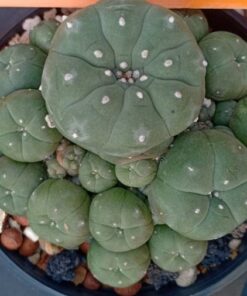



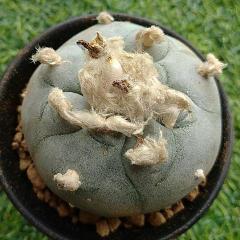
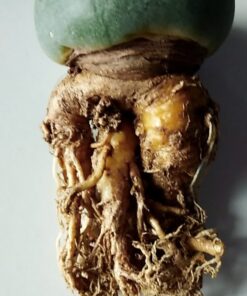
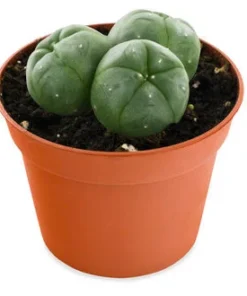
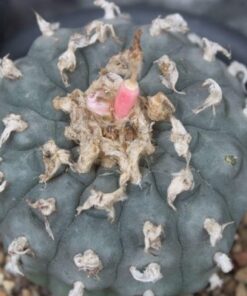
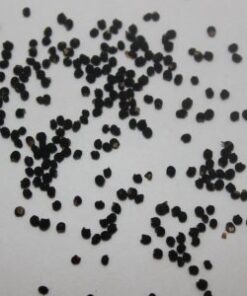
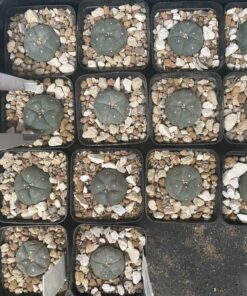
tyy.AI –
Great insights on AI in gambling! It’s impressive how platforms like tyy.AI streamline discovery-especially their AI Video Generation tools. Risk management meets innovation here.
Lovart –
This article really breaks down the mechanics of shooter games in a way that’s easy to grasp. It makes me think about how tools like the Lovart AI Agent could streamline creative workflows for game design too. Solid read!
FNAF –
Great breakdown of survival strategies-like using cameras and managing power in games like FNAF 2. It’s all about reading the enemy’s rhythm and staying calm under pressure.
super ace –
Love how slot games like Super Ace Jili blend luck with strategy. The free spins and wilds really keep the excitement high—great for both casual and serious players!
SuperPH22 –
Thanks for the insightful breakdown! It’s great to see how games like SuperPH blend fun with strategy. Reminds me to always play responsibly and enjoy the journey, not just the jackpot.
JiliOK –
Keno strategies often blend luck with pattern recognition-something platforms like JiliOK 777 enhance with AI insights, making play smarter, not just luckier.
* * * Unlock Free Spins Today: https://dellannamuia.it/index.php?m0pz1u * * * hs=783c4d72df1d70800250c7dafd57d879* ххх* –
3rxzs7
ph987 –
Great insights on poker psychology-understanding opponents is half the battle. A sharp mind stays calm under pressure, just like during a high-stakes PH987 login session.
winph login –
Really insightful article! Seeing platforms like this prioritize customer experience – especially with responsive support like winph login – is a game changer. It’s not just about the games, right? Smooth access & help matter hugely!
jljlph –
Online gambling thrives on strategy, and platforms like JLJLPH Login offer diverse games that blend luck and skill. Their live dealer and slot options show strong mathematical design and user-focused innovation.
jljlph –
Online gaming needs strong security-JLJL PH stands out with its verified user process and safe payment methods. A great example of responsible gaming done right.
ph222 login –
Interesting read! Understanding player behavior is key, and a smooth platform really helps. Seamless access, like with a reliable PH222 log in, minimizes frustration & lets you focus on the game. Good stuff!
phlwin –
Interesting take on maximizing returns! It’s smart to focus on understanding game mechanics first – reminds me of how phlwin super ace prioritizes beginner education. Building a solid foundation is key to long-term success, definitely!
vin777 no hu –
That’s a fascinating breakdown of game design! It’s cool how platforms like vin7771 really focus on player preferences – adapting to what Vietnamese gamers enjoy is smart. Makes for a better experience overall, doesn’t it?
ph987login –
Love the strategy in dice games-they’re all about odds and luck! The thrill of PH987 casino login brings that same edge, mixing game sense with big win potential. A real treat for any gaming fan!
AI Tools –
Great insights on security awareness! In today’s AI-driven world, tools like the AI SEO Assistant can help streamline risk assessments and boost operational efficiency with smart automation.
jili7 –
Online gaming needs strong security – always verify the platform’s trustworthiness before playing. For a secure start, try Jili777 Login, which uses AI to improve user experience and safety. Stay cautious and smart!